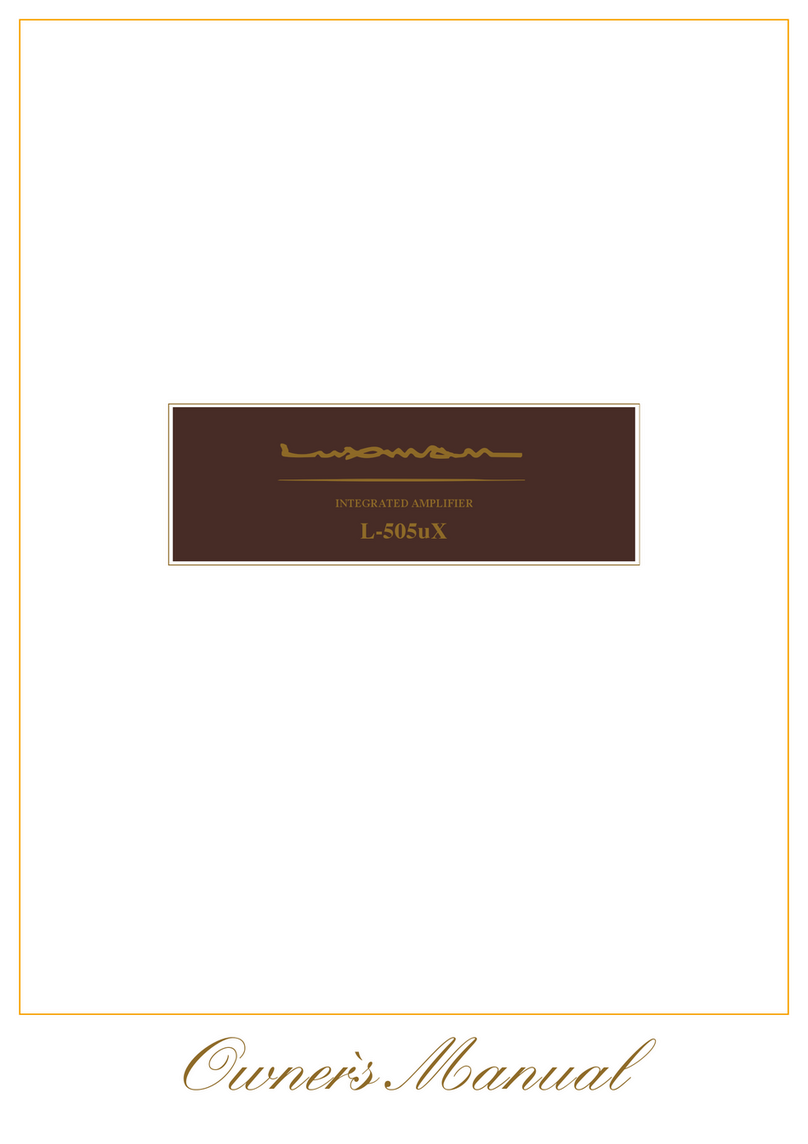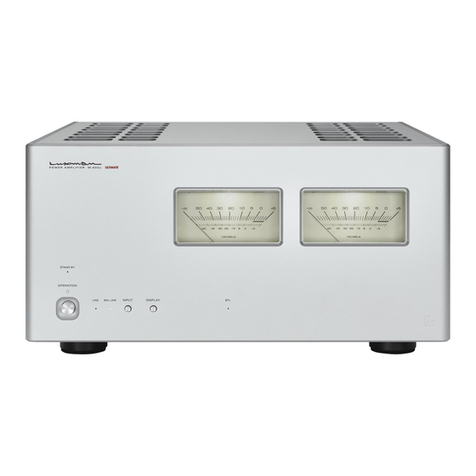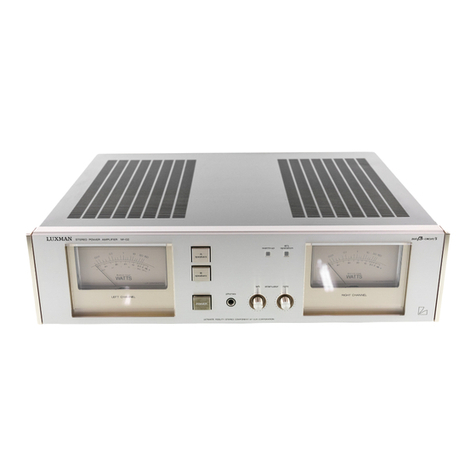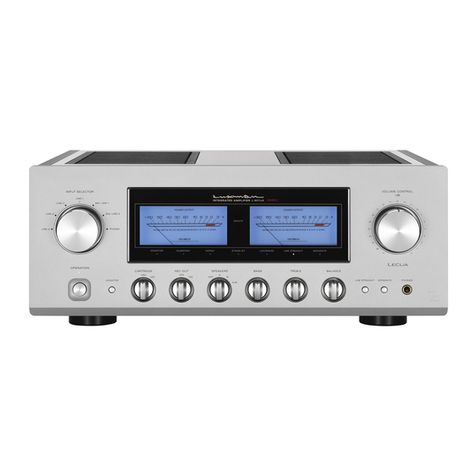Luxman SQ700X User manual
Other Luxman Amplifier manuals
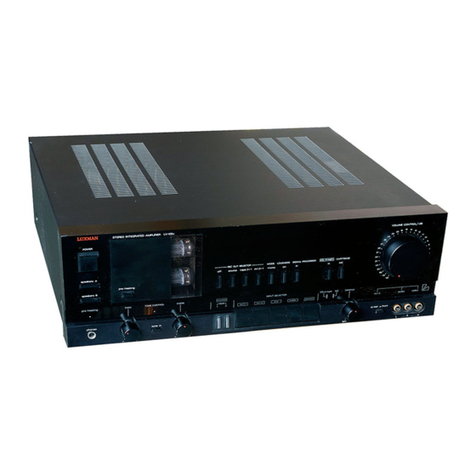
Luxman
Luxman LV-105u User manual
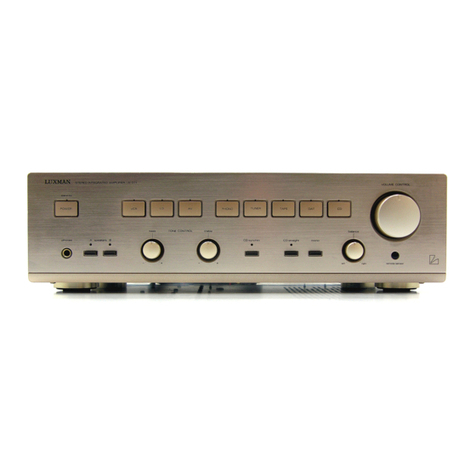
Luxman
Luxman A-371 User manual
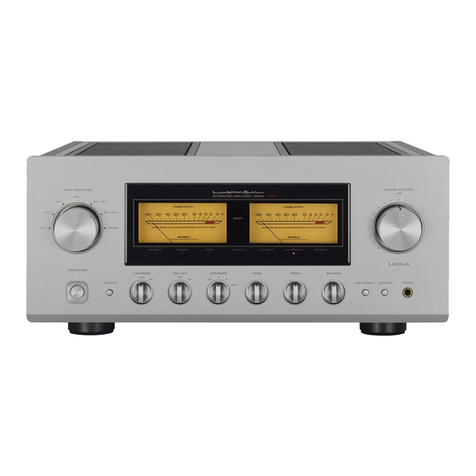
Luxman
Luxman L-590AX User manual
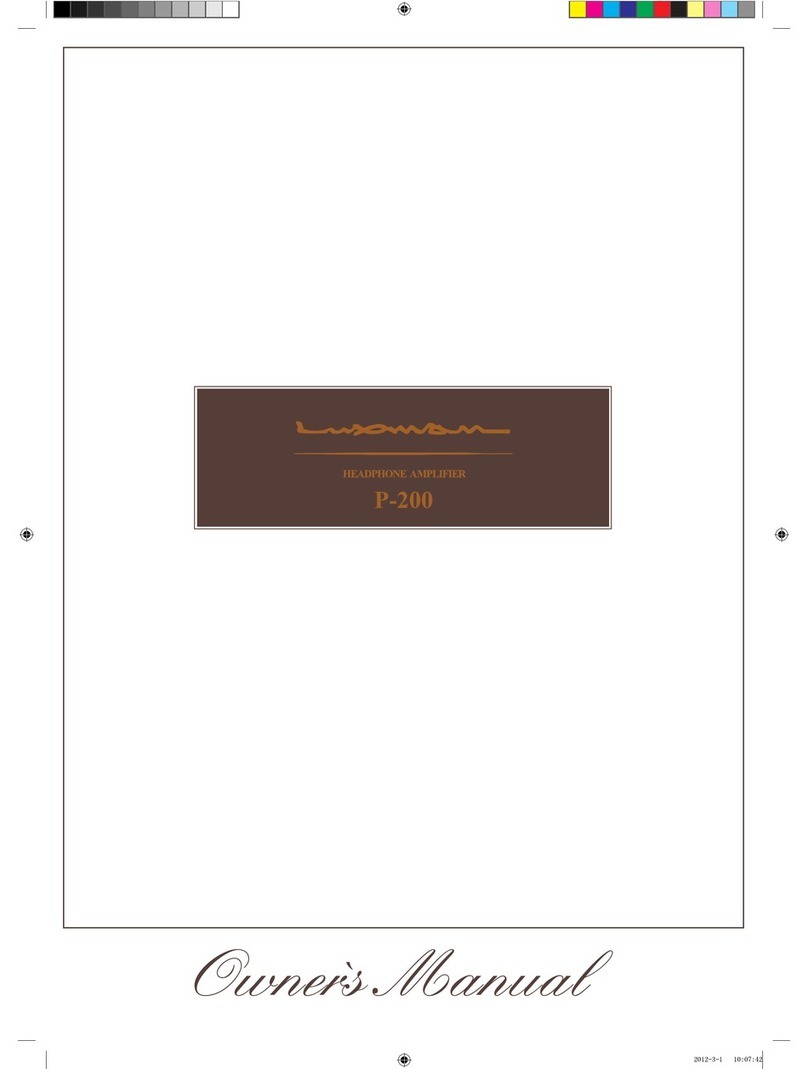
Luxman
Luxman P-200 User manual

Luxman
Luxman L-590AXII User manual
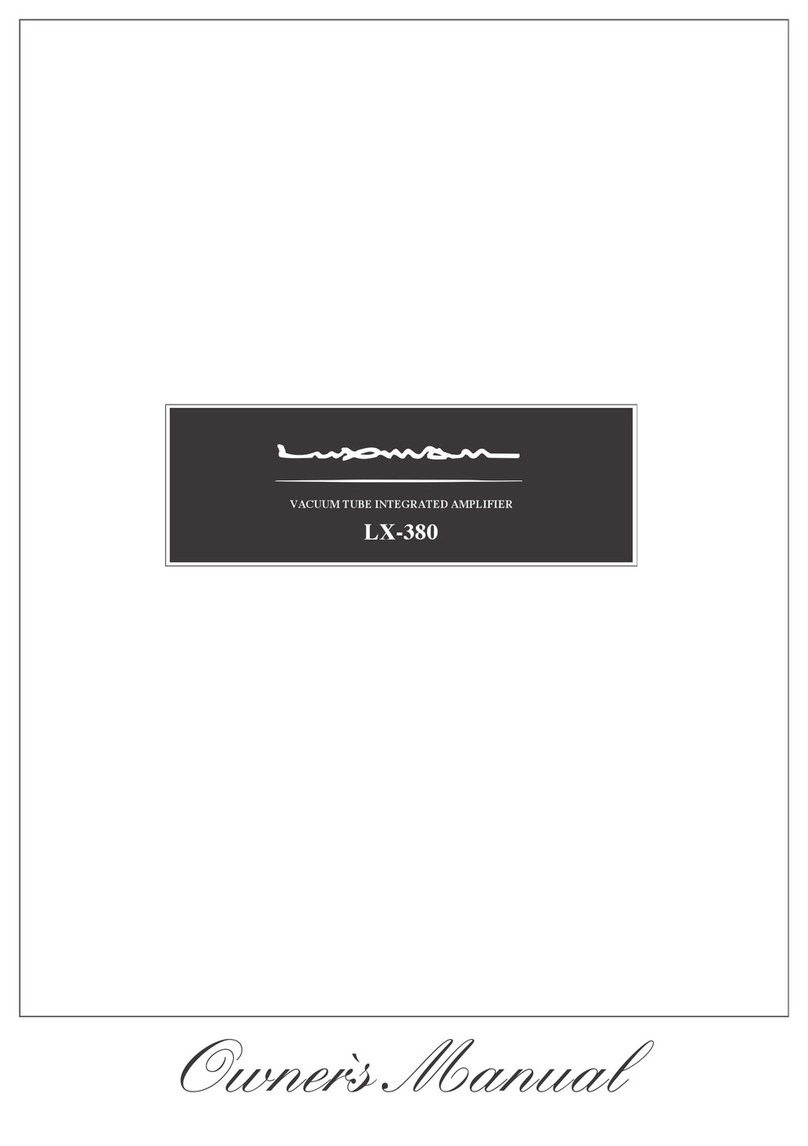
Luxman
Luxman LX-380 User manual
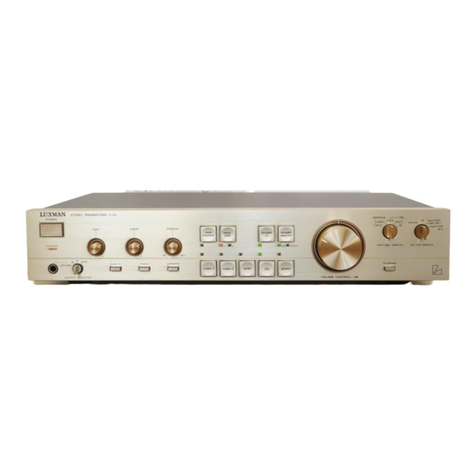
Luxman
Luxman C-03 User manual
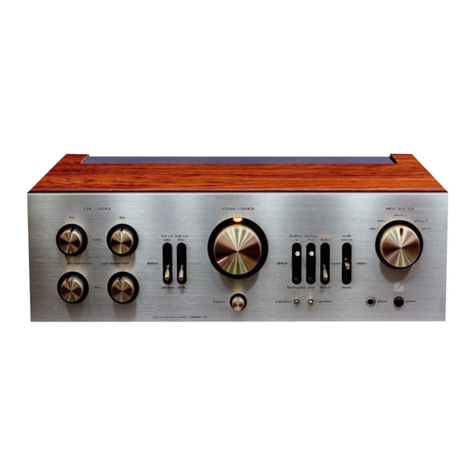
Luxman
Luxman L80 User manual
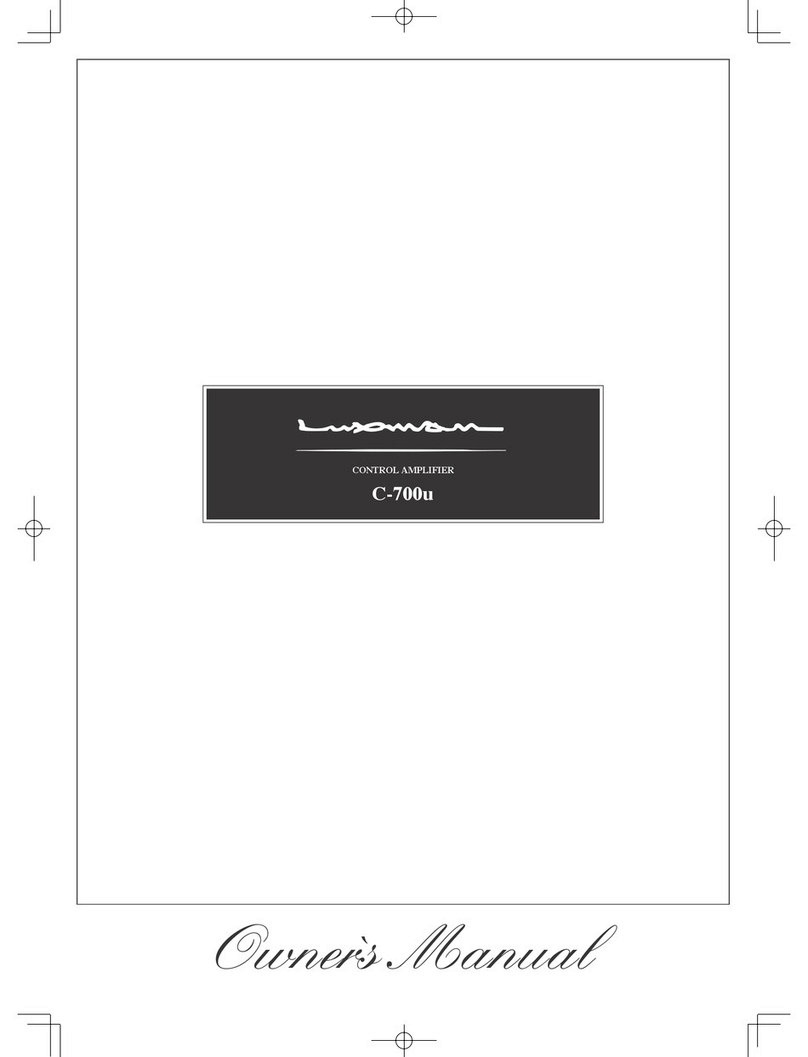
Luxman
Luxman C-700u User manual

Luxman
Luxman L-235 User manual
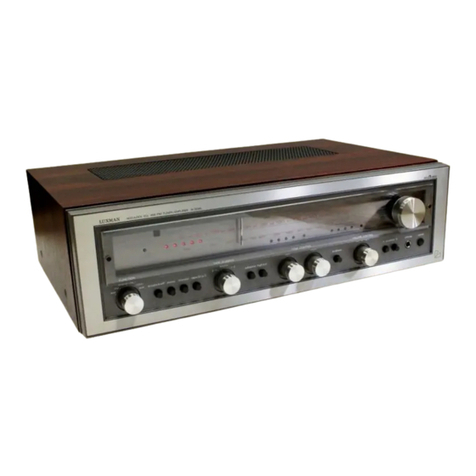
Luxman
Luxman R-3045 User manual
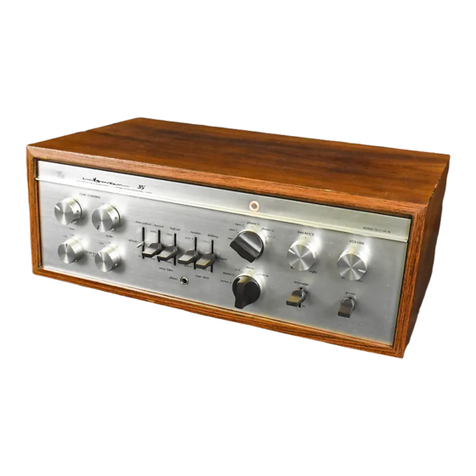
Luxman
Luxman CL 35 mk III User manual
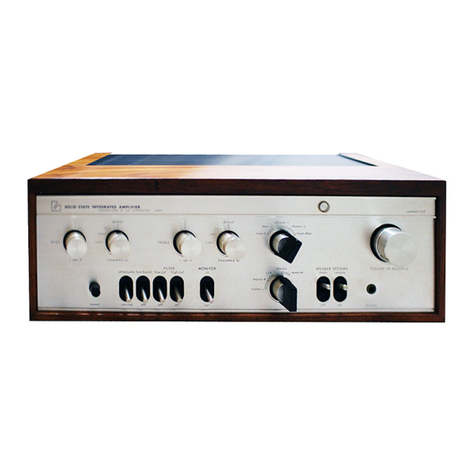
Luxman
Luxman sq 507 User manual

Luxman
Luxman LV-105 User manual
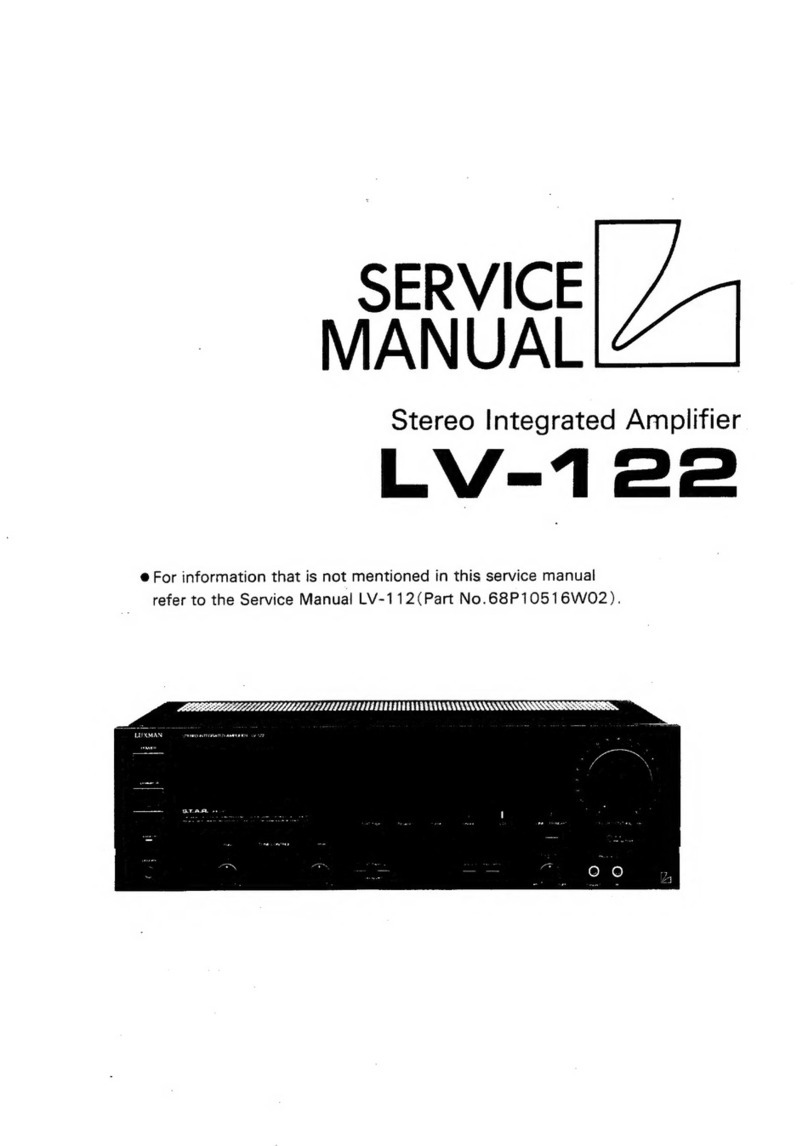
Luxman
Luxman LV-122 User manual

Luxman
Luxman C-03 User manual

Luxman
Luxman 308 User manual
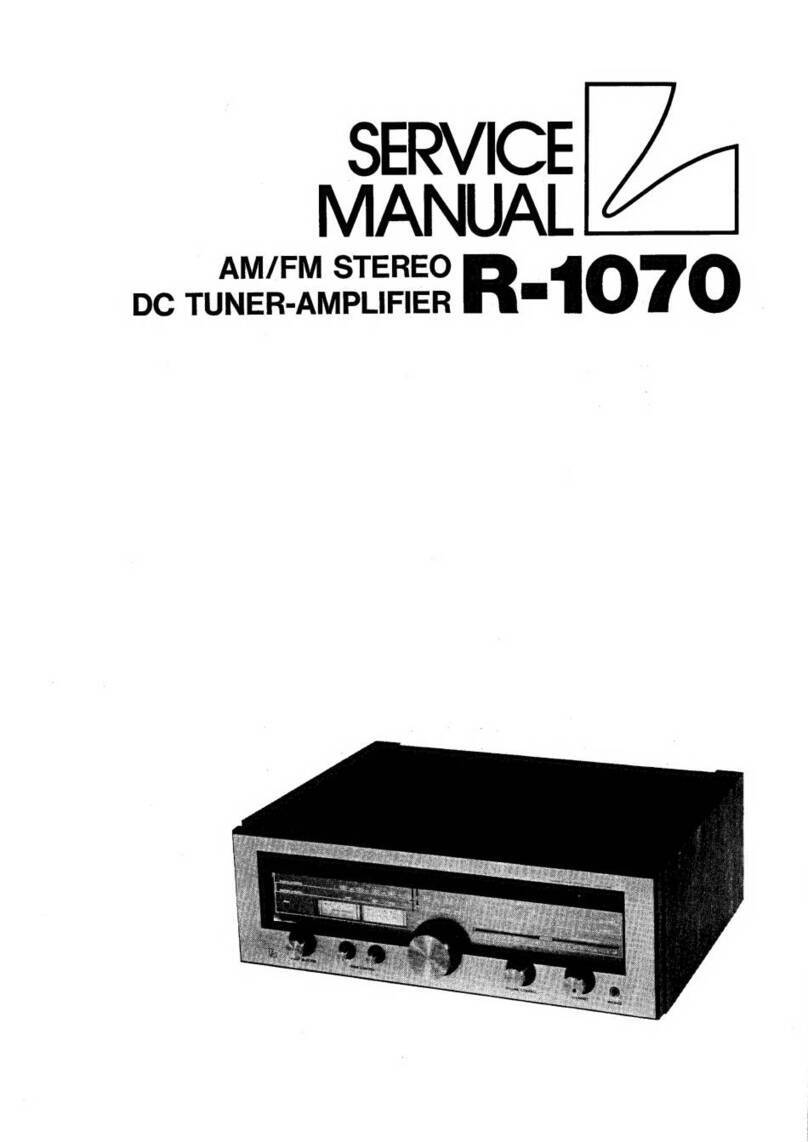
Luxman
Luxman R-1070 User manual

Luxman
Luxman L-430 User manual
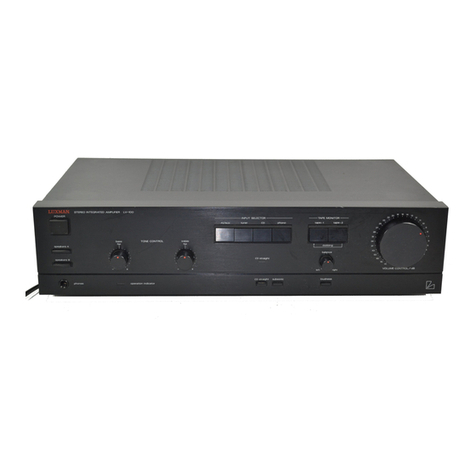
Luxman
Luxman LV-100 User manual
